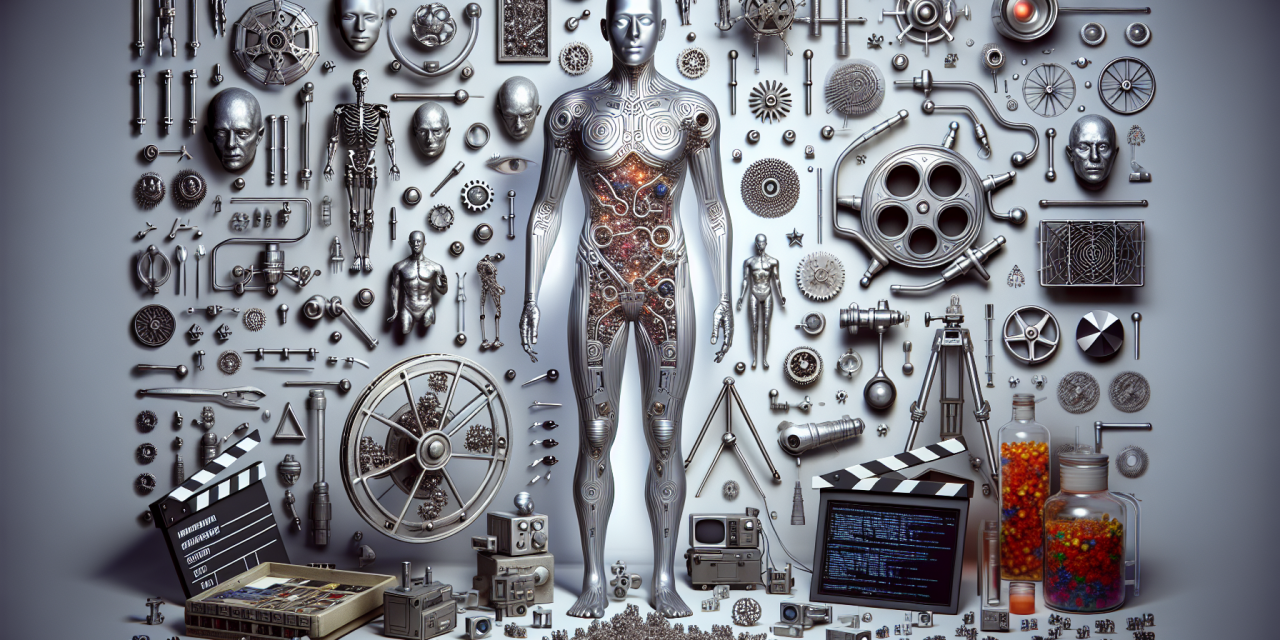Picture this: It’s 1991, and James Cameron wants to create something impossible—a shapeshifting robot made of liquid metal that can transform into any form, melt through prison bars, and reconstitute itself after being blown apart. The only problem? The computer graphics technology that would one day make such effects routine simply didn’t exist yet.
Enter Stan Winston’s special effects team, who faced this challenge like true coders—by breaking down an enormous problem into smaller, solvable pieces and combining different tools in clever ways. What they created for the T-1000 character in Terminator 2 wasn’t just movie magic; it was a masterclass in creative problem-solving that teaches us something fundamental about thinking like a coder.
Watch how the groundbreaking T-1000 liquid metal effects were created in Terminator 2: Judgment Day.
When Limits Become Launching Pads
Think about the last time you had to solve a problem with limited resources. Maybe you needed to build a school project with only cardboard and tape, or figure out how to cook dinner with just three ingredients in your fridge. What did you do? You got creative, right?
That’s exactly what Winston’s team faced, except their “ingredients” were plastic models, mercury, mirrors, and just a few precious seconds of computer-generated imagery that cost thousands of dollars per frame. The T-1000’s liquid metal effects that seem so seamless on screen? They’re actually a patchwork of at least six different techniques working together like instruments in an orchestra.
This is what coders call “hybrid solutions”—combining different approaches to solve problems that no single method could handle alone. Just like how you might use both a calculator and a pencil to solve a complex math problem, the effects team blended physical and digital techniques to create something neither could achieve independently.
The Art of Creative Substitution
Here’s where it gets really clever. When the T-1000 needs to walk through prison bars, the team couldn’t actually make liquid metal flow through steel. Instead, they built the bars from wax, heated them just enough to create gaps, then filmed an actor walking through. Later, they added the liquid metal effect digitally—but only around the areas where the “metal” touched the bars.
This is like solving a puzzle by recognizing that you don’t need to move every piece—sometimes you just need to move the right ones. In coding terms, this is called “optimization”—finding the most efficient path to your goal rather than the most obvious one.
For the famous scene where the T-1000 emerges from a checkered floor, they didn’t try to animate an entire figure rising from the ground. Instead, they filmed a stuntman in a chrome suit sinking backward into the floor, then played the footage in reverse. Add some digital enhancement around the edges, and suddenly you have liquid metal seemingly forming from nothing.
Building with Blocks You Already Have
The most important lesson from the T-1000’s creation isn’t about special effects—it’s about resourcefulness. Winston’s team looked at their toolkit and asked, “What can we combine to get closer to our goal?” They had:
- Practical models and puppets (their specialty)
- Basic camera tricks (reflection, reverse footage)
- Limited computer graphics (expensive but powerful for small details)
- Creative lighting and staging
None of these alone could create a convincing liquid metal robot. But together? Magic.
This mirrors how coders approach complex software projects. You rarely write everything from scratch. Instead, you combine existing libraries, frameworks, and tools—each handling the parts they’re best at—to create something greater than the sum of its parts.
The Power of Knowing Your Constraints
What’s fascinating is that the limitations actually made the T-1000 more memorable. Because computer graphics were so expensive, Winston’s team had to be extremely selective about when to use them. This forced them to rely on practical effects for most shots, which gave the character a physical weight and presence that purely digital creations often lack.
The constraint became a creative catalyst. When you can’t rely on unlimited computing power or budget, you have to think differently. You become more tactical, more purposeful with every choice. This is exactly how many of the most elegant software solutions are born—not from unlimited resources, but from smart constraints that force creative thinking.
Iteration in Action
The T-1000 effects weren’t created in a single burst of inspiration. Winston’s team built dozens of different tests, models, and prototypes. They tried multiple approaches for each effect, keeping what worked and discarding what didn’t. Some shots combine three or four different techniques layered together, refined through countless iterations.
This is the coder’s mindset in action: build, test, learn, improve, repeat. Each version teaches you something that makes the next version better. The final T-1000 represents hundreds of small discoveries and refinements, just like a well-crafted piece of software.
When Old Meets New
Perhaps the most powerful insight from the T-1000’s creation is how combining established techniques with emerging technology can produce remarkable results. Winston’s team didn’t abandon traditional effects work when computers became available—they found strategic ways to blend the old with the new.
This hybrid approach appears everywhere in modern technology. Your smartphone combines decades-old radio technology with cutting-edge processors. Video games blend traditional storytelling techniques with interactive digital environments. The most successful solutions often aren’t purely “old” or purely “new”—they’re thoughtful combinations that leverage the strengths of both.
The T-1000 reminds us that creative constraints aren’t obstacles—they’re opportunities to think differently. When you can’t solve a problem with brute force or unlimited resources, you’re forced to become more clever, more strategic, more creative. And often, that’s exactly when the most innovative solutions emerge.








